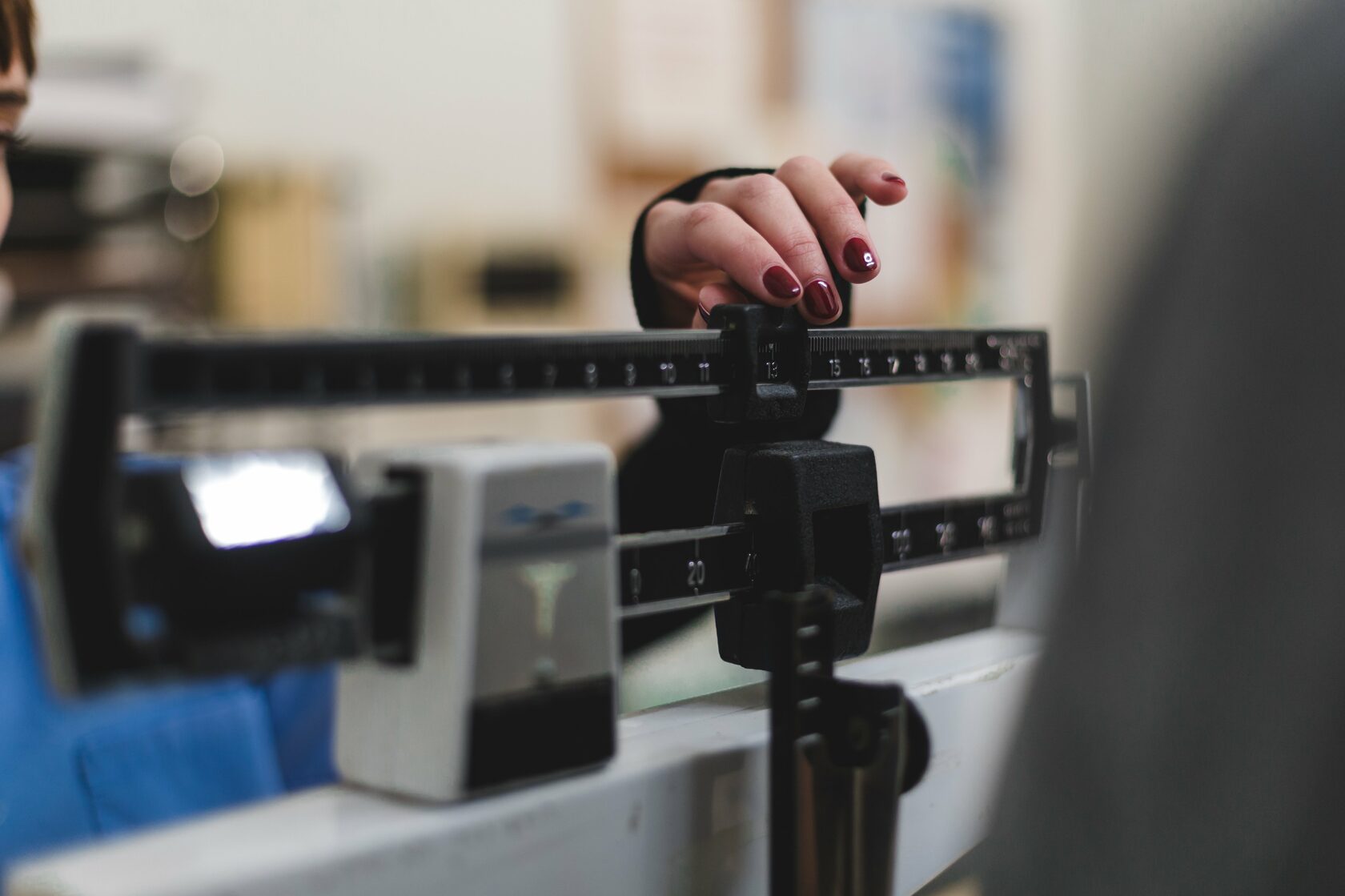The load on the injured leg is usually measured with bathroom scales. Why is this ineffective and is there a better alternative?
Many patients with injuries to the musculoskeletal system are prescribed to keep the weight off the injured extremity. This is a complex process, since, on the one hand, a gradual and correct increase in axial loading helps maintain muscle mass, stimulates recovery and bone healing.
On the other hand, excessive and premature loading can lead to implant failure, nonunion of bone fragments and prolonged rehabilitation.
BATHROOM SCALES





Bathroom scales have been used for weight bearing (WB) purposes for many years. The physical therapist usually instructs the patient to step on the scale, remember the feeling of a certain weight, and try to reproduce it when moving around with crutches.
However, the quantitative data obtained from scales cannot be easily applied in a dynamic situation, since static WB has little to do with weight distribution during walking [1]. Hence, most patients are unable to internalize and replicate their WB statuses correctly. [2-5]
Moreover, several studies have shown that patients in the early stages of rehabilitation tend to put twice the recommended weight on the involved leg [4, 5], which can delay healing processes and result in re-injury.
Therefore, the use of bathroom scales as a way to learn and maintain proper WB levels throughout the recovery process is questioned – especially when the amount of weight borne through the leg should be minimal.
FORCE PLATES





Force plates provide greater accuracy than bathroom scales but are mainly used in clinical research settings or large clinics due to high purchase and maintenance costs.
High-quality force plates cost $40k or more and may require the help of specialized technicians to calibrate them. [6]
BIOFEEDBACK DEVICES





Among the above mentioned, biofeedback devices are the most effective method for measuring the load on the injured leg while walking. [7]
For weight bearing therapy, these are usually different in-shoe devices such as insoles or sandals that measure in-shoe pressure and provide real-time feedback on partial weight distribution.
The biggest drawback is they are expensive ($2-15k) and therefore not easily available for the average consumer. [3, 8, 9]
Method Comparison Table
| Bathroom Scales | Force plates | Biofeedback Devices | Smart Crutch Tips | |
|---|---|---|---|---|
| Ability to monitor weight bearing in dynamics |
|
|
|
|
| Availability (on the market) |
|
|
|
|
| Availability (price) |
|
|
|
|
| Transportability |
|
|
|
|
| Ease of installation |
|
|
|
|
Smart, Accurate & Affordable – Crutch Tips For Proper Weight Bearing





ComeBack Mobility has developed an innovative solution that combines all the advantages of the above methods. These are the Smart Crutch Tips to measure and monitor the load on the injured leg during walking – available for home use and without extra costs!
Our solution is not only a hundred times cheaper than similar solutions of competitors, but also actually solves the existing problem, unlike bathroom scales.
The algorithm subtracts the peak load from the crutches from the patient’s weight – thereby obtaining data on the load on the injured limb. The smart crutch tip’s margin of error is less than 100 grams
The smart crutch tips tell the patient in real time how they are loading the involved leg. If the patient is not at the prescribed weight bearing (WB) status, they will receive audio, visual, or vibration cues to correct their WB load
The big advantage of smart crutch tips is that they are mobile and affordable to the consumer. They can also be used everywhere! The main thing is not to forget crutches 🙂
Smart Crutch Tips System
The Tips Have Already Been Tested With Real Patients
Patients report an increased confidence in their ability to follow their doctor’s weight bearing prescription. The real-time feedback cues keep the patient on track with their crutch walking and decrease the incidence of complications from excessive load on the involved leg. The ComeBack Mobility doctor and patient digital dashboard data supports the improved patient compliance to prescribed weight bearing status.
Doctors and rehabilitation professionals report an improved rehabilitation outcome when smart crutch tips are used by patients on crutches.
SOURCES
- Patient compliance with touchdown weight bearing after microfracture treatment of talar osteochondral lesions
- Patient compliance with postoperative lower extremity touch-down weight-bearing orders at a level I academic trauma center
- (PDF) Weight Bearing Compliance after Foot and Ankle Surgery
- Factors Affecting Compliance With Weight-Bearing Restriction and the Amount of Weight-Bearing in the Elderly With Femur or Pelvic Fractures
- Application Of Calculating The Maximum Permissible Load On The Femur After Osteosynthesis
- Current advances in training orthopaedic patients to comply with PWB instructions
- Force Plates – Do you need one?
- Different in-shoe devices for partial weight bearing
- Effectiveness of a Simple Auditory Feedback Insole






